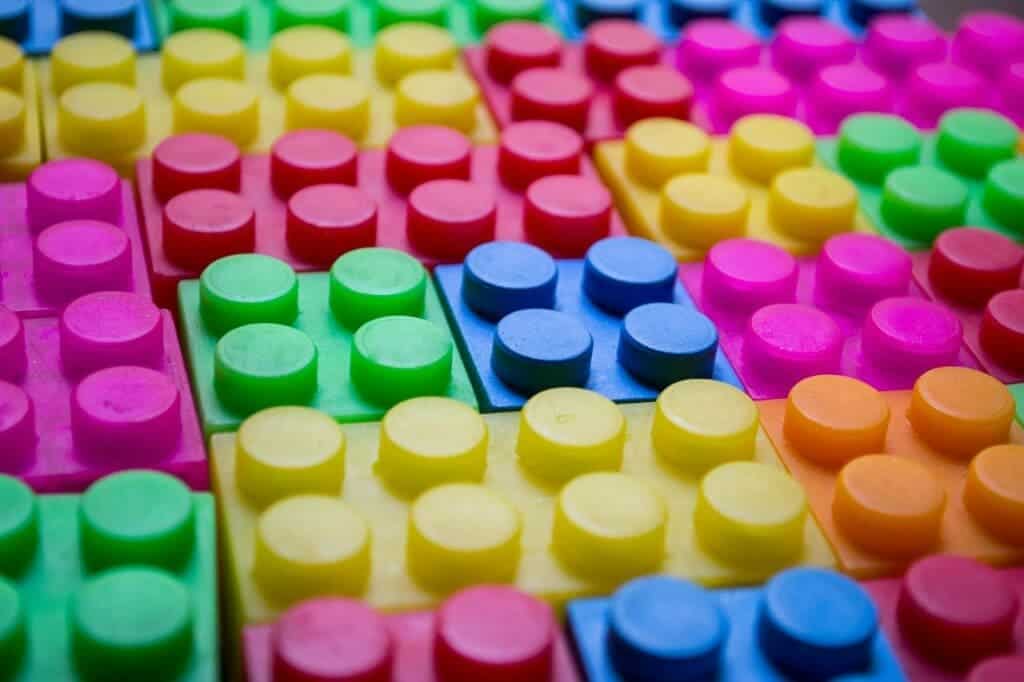Microorganisms around the world are likely evolving to be able to degrade and consume plastic materials.

A new global assessment of microorganism genomes, the largest study of its kind, found that wild bacteria and microbes are evolving to be able to consume plastics. Overall, the authors report that an average of one in four of the organisms analyzed in the study carried at least one enzyme that could degrade plastic. Furthermore, the number and types of enzymes matched the amount and type of plastic pollution at the location where samples of different organisms were collected — suggesting that this is a natural, ongoing process, caused by the presence of plastic in the environment.
These results are evidence that plastic pollution is producing “a measurable effect” on the world’s microbes, the authors conclude.
Plastic bacteria
“We found multiple lines of evidence supporting the fact that the global microbiome’s plastic-degrading potential correlates strongly with measurements of environmental plastic pollution — a significant demonstration of how the environment is responding to the pressures we are placing on it,” said Prof Aleksej Zelezniak, at Chalmers University of Technology in Sweden.
Millions of tons of plastic are dumped in the oceans and landfills every year, and plastic pollution has become endemic everywhere on Earth. Addressing this issue will be one of the defining challenges of future generations along with efforts to reduce our reliance on such materials and improve our ability to recycle and cleanly dispose of used plastic. However, plastics are hard to degrade — that hardiness is one of their selling points to begin with.
According to the findings, microbes in soils and oceans across the globe are also hard at work on the same project. The study analyzed over 200 million genes from DNA samples taken from environments all around the world and found 30,000 different enzymes that could degrade 10 different types of plastics. such compounds could serve us well in our efforts to recycle plastics, breaking them down into their building blocks. Having more efficient recycling methods on hand would go a long way towards cutting our need to produce more plastics.
“We did not expect to find such a large number of enzymes across so many different microbes and environmental habitats. This is a surprising discovery that really illustrates the scale of the issue,” says Jan Zrimec, also at Chalmers University, first author of the study.
The team started with a dataset of 95 microbial enzymes already known to degrade plastic; these compounds were identified in species of bacteria found in dumps and similar places rife with plastic.
They then looked at the genes that encode those enzymes and looked for similar genes in environmental DNA samples collected at 236 sites around the world. To rule out any false positives, they compared the enzymes with enzymes from the human gut — all of which are known to be unable to degrade plastic.
Roughly 12,000 new enzymes were identified from ocean samples. Higher levels of degrading enzymes were routinely found in samples taken at deeper points, which is consistent with how plastic pollution levels vary with depth. Some 18,000 suitable genes were identified in soil samples. Here, too, the researchers underscore the effect of environmental factors: soils tend to contain higher levels of plastics with phthalate additives than the ocean, and more enzymes that can attack these substances were identified in soil samples.
Overall, roughly 60% of the enzymes identified in this study did not fit into a previously-known class, suggesting that they act through chemical pathways that were previously unknown to science.
“The next step would be to test the most promising enzyme candidates in the lab to closely investigate their properties and the rate of plastic degradation they can achieve,” said Zelezniak. “From there you could engineer microbial communities with targeted degrading functions for specific polymer types.”
The paper “Plastic-Degrading Potential across the Global Microbiome Correlates with Recent Pollution Trends” has been published in the journal Microbial Ecology.






